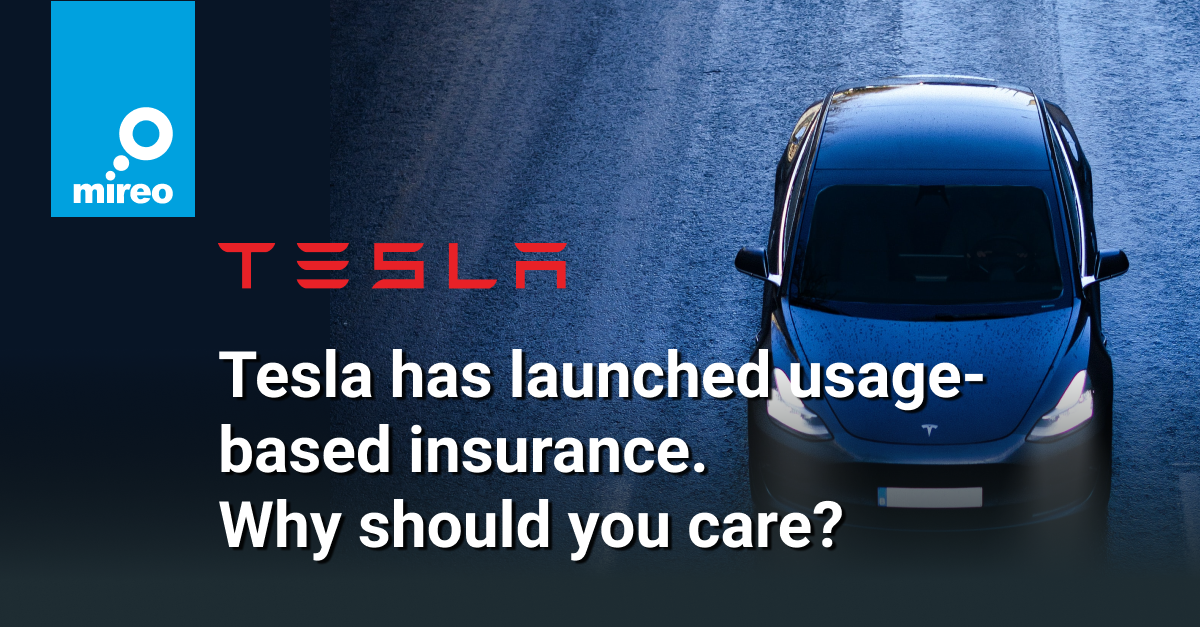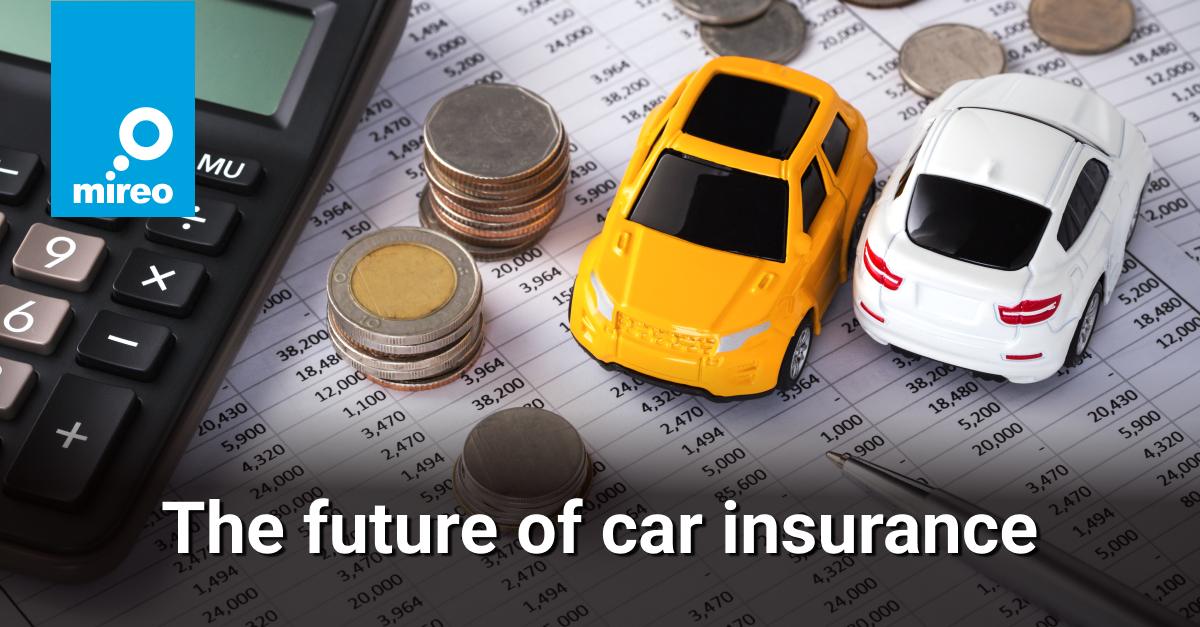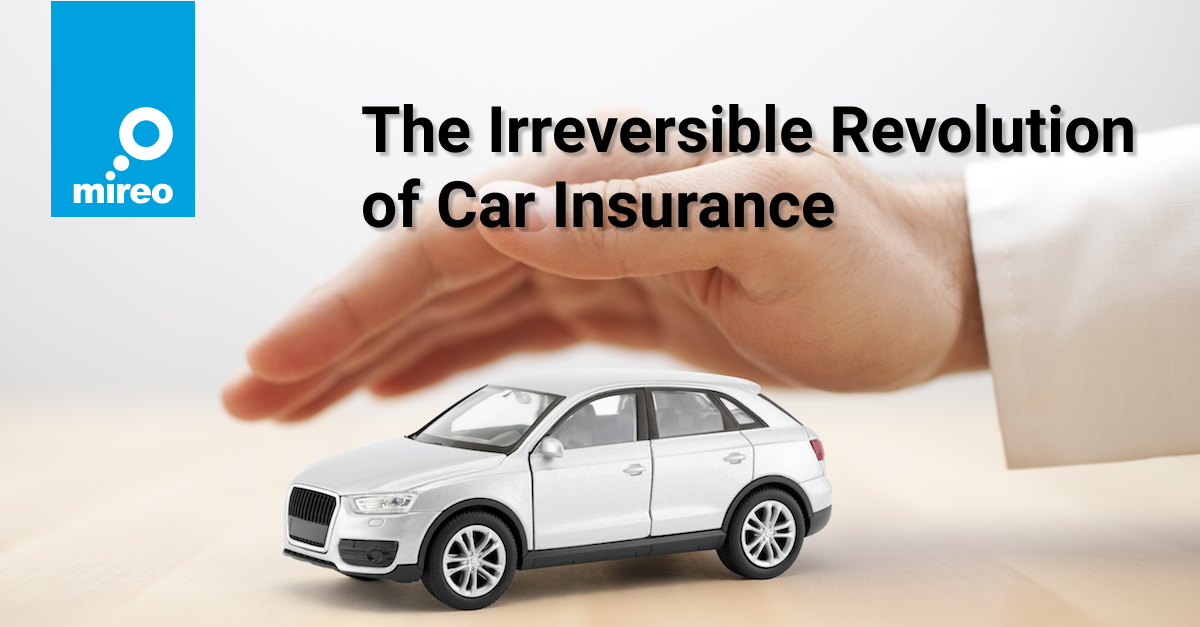I know you haven't had an accident in 15 years. That's why we're raising your rates. Because you're about due one.
Jantoo Cartoons
Insurance organizations lose the most profit from paying out insurance claims. They use every mechanism at their disposal to identify and classify risks related to the driver's behavior and vehicle usage. The more accurate the risk estimation method, the better the estimated risk corresponds to the real risk. This means that insurance companies can offer better premiums to end-users while also maximizing their profit.
Insurance organizations offer their services to private individuals, as well as to numerous companies in the transport industry. The probability of an accident varies from driver to driver, and it depends on numerous factors, including the age of the vehicle, the type of vehicle, the purpose of the ride, the age of the driver, driving style, speed of travel, average trip duration, the time of the day when the driver drives more often, talking on the phone while driving, and so on. According to all of these factors, insurance companies offer different policies to their users (drivers), which vary in duration and coverage.
This overview shows how complex it is to estimate the appropriate level of insurance. Identifying low-risk and high-risk drivers could help insurance companies reward low-risk drivers with lower premiums while raising premiums for high-risk drivers. It would be interesting for insurance companies to monitor vehicles in real-time. For example, they might note an increased number of accidents on a particular section of road at certain times of the day, and could then alert their users accordingly.

Traditional vs. Data-driven Car Insurance
Data about driving style, speed, average driving time, and a great deal of other, similar data can be accurately recorded using automatic vehicle location systems (AVL) and GPS tracking systems. Until recently, it was impossible to store this kind of data in AVL systems. Recording a large amount of data for each vehicle presented significant challenges in both storage and analysis. Let's suppose that the average vehicle sends about 40 different parameters every 100 meters. That means roughly 200,000 different data points per vehicle per day. Also, this data comes in a specific format, which includes longitude and latitude (x and y coordinates) for one position. The different format of this data makes it difficult for ordinary databases to handle. The critical part of risk identification is calculating the correlation between telematics data and vehicle crash statistics. Using machine learning, we gathered GPS signal data and cross-correlated it with map data. We also transformed trajectory data to derive personal aggregated driving characteristics. After "learning" to recognize similar driver behavior patterns, our model is able to estimate the probability that a particular driver will need to file an insurance claim at some point in the next 12 months.
Here at Mireo, we have developed a SpaceTime solution with a spatiotemporal database that can store, process, and analyze unlimited number of geotagged and timestamped spatiotemporal data in real-time. Our spatiotemporal database provides instant access to all historical data and can generate any report within seconds. All of this could be of great importance to insurance companies, and – most importantly for policyholders – help them be as fair as possible.
If you want more detailed information about our SpaceTime solution, read more on our website.


